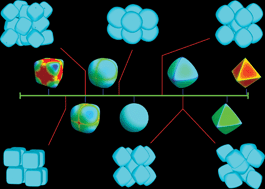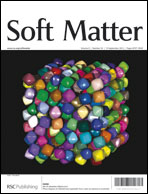For hard anisotropic particles the formation of a wide variety of fascinating crystal and liquid-crystal phases is accomplished by entropy alone. A better understanding of these entropy-driven phase transitions will shed light on the self-assembly of nanoparticles, however, there are still many open questions in this regard. In this work, we use Monte Carlo simulations and free-energy calculations to determine the phase diagram of colloidal hard superballs, of which the shape interpolates between cubes and octahedra via spheres. We discover not only a stable face-centered cubic (fcc) plastic crystal phase for near-spherical particles, but also a stable body-centered cubic (bcc) plastic crystal close to the octahedron shape. Moreover, coexistence of these two plastic crystals is observed with a substantial density gap. The plastic fcc and bcc crystals are, however, both unstable in the cube and octahedron limit, suggesting that the local curvature, i.e. rounded corners and curved faces, of superballs plays an important role in stabilizing the rotator phases. In addition, we observe a two-step melting phenomenon for hard octahedra, in which the Minkowski crystal melts into a metastable bcc plastic crystal before melting into the fluid phase.

You have access to this article
 Please wait while we load your content...
Something went wrong. Try again?
Please wait while we load your content...
Something went wrong. Try again?


 Please wait while we load your content...
Please wait while we load your content...